The Grandiose Ambition of the Great Southern of Spain Railway Company Ltd.
The Badlands Line, Túnel de Freila, & A Town's Fate
A journey through the dramatic Hoya de Baza badlands as the railway advanced from Baza to Baúl (1906), a section defined by its unique eroded geology. Discover the protracted construction of the Túnel de Freila and the extreme environmental challenges workers faced. This article explains why the partial opening was forced by the Gor Viaduct collapse and how the railway's eventual closure led to the dramatic depopulation of Baúl, highlighting the line's critical role as a transit point for esparto grass and lead.
By Nick Nutter on 2025-10-5 | Last Updated 2025-10-23 | The Grandiose Ambition of the Great Southern of Spain Railway Company Ltd.
This article has been visited 234 times

Zújar-Freila station 2025
The Badlands Line: Baza to Baúl (1906)
With the concession now secured by Ivo Bosch Puig's consortium, the challenging work of connecting Baza to the broader Spanish rail network at Guadix began. The first critical segment was the eighteen-kilometre push from Baza to Baúl, a journey that plunged the railway into the heart of the Hoya de Baza—a vast, unique landscape of geological wonder.
Do you enjoy my articles? For your reading pleasure, this website does not carry third party ads. You could help me write more articles by buying me a cup of coffee.
Topography: The Ancient Lake
The topography here is defined by one single, striking feature: the badlands. The Hoya de Baza was, for millions of years, a massive inland lake. When the water finally drained, it left behind soft sediments—clays, silts, and gypsum—that were then violently sculpted by erosion.
The resulting landscape is a chaotic, arid terrain of deep ravines and intricate gullies carved into multi-coloured earth. While the rail line generally followed a relatively flat corridor, engineers had to constantly navigate this deeply dissected badlands topography, demanding numerous viaducts and embankments. The route runs across what is now the Granada Geopark, offering travellers a direct view of this dramatic, eroded terrain.
The Start of the Line
Construction on the Baza-Baúl section began in earnest. Despite the extreme conditions—workers endured terrible cold in the winter and intense heat in the summer—progress was made, aided by the arrival of a specialized ballast machine, which was laboriously transported by road from Lorca to Baza.
A key piece of engineering on this stretch was the Túnel de Freila, sometimes referred to locally as the "Túnel de las Loberas." Its construction, which started in 1890 under the old GSSR management, was a protracted ordeal marked by the bankruptcy of the initial contractors. The tunnel, about 280 metres in length, wasn't fully finished until mid-1904. The only intermediate stop, Zújar-Freila station, now sadly in an extreme state of disrepair, was intended to serve two local villages. However, its remote location meant that, unlike other railway towns, no community ever grew up around it, limiting its local impact to merely a loading point for esparto grass and produce.
Baúl: A Town Saved and Lost by the Rails
The opening of the Baza to Baúl section was not a triumphant celebration. It was, rather, a reactive measure forced by failure elsewhere.
In 1905, the critical Gor Viaduct ahead of them suffered a catastrophic structural failure, delaying the entire line's opening. Compelled to demonstrate progress and begin generating revenue, the company was forced to make a partial opening, limiting service to the segment between Baza and Baúl. The trains started running in 1906.
For the small village of Baúl, the railway was everything. It became a vital transit point, handling lead from local mining operations, which was often transported to the station in wheelbarrows. It also loaded sugar beet destined for the factory at Caniles.
The railway's presence supported a population of thousands in the early 20th century. Its closure in the 1980s, combined with the general depopulation of inland Spain, directly led to a dramatic economic collapse. By 2010, the population of Baúl had shrunk to less than two hundred people, a stark measure of just how essential the railway had been to its very existence.
Today, the old route from Baza to Baúl forms a popular section of the Vía Verde de la Sierra de Baza, allowing walkers and cyclists to experience the unforgettable badlands landscape, passing through the enduring Túnel de Freila and past the remains of the old stations.
The next stage of the journey would take the railway from Baúl through the mountains and down to Guadix, finally connecting the GSSR's work to the national rail network.
Enjoying This Article – FREE to read on Kindle Unlimited?
My new book, 'The Grandiose Ambition of the Great Southern of Spain Railway Company Ltd.’ is now available as a fully illustrated, colour, paperback from Amazon, as a downloadable ebook from Kindle and Free to Read on Kindle Unlimited.
Do you enjoy my articles? For your reading pleasure, this website does not carry third party ads. You could help me write more articles by buying me a cup of coffee.

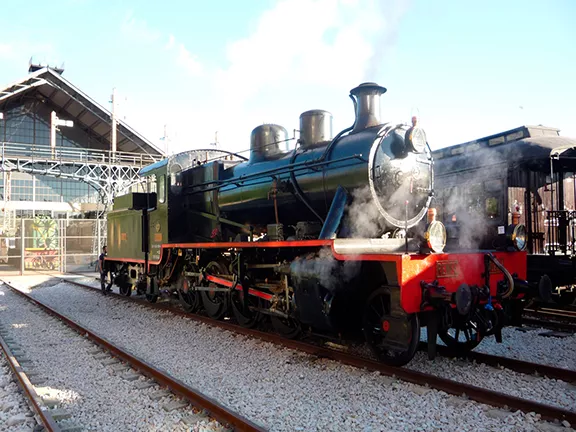 1: Setting the Stage for the GSSR
1: Setting the Stage for the GSSR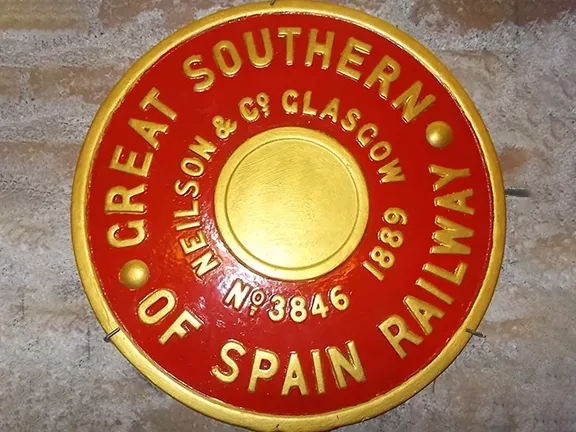 2: Founding the GSSR
2: Founding the GSSR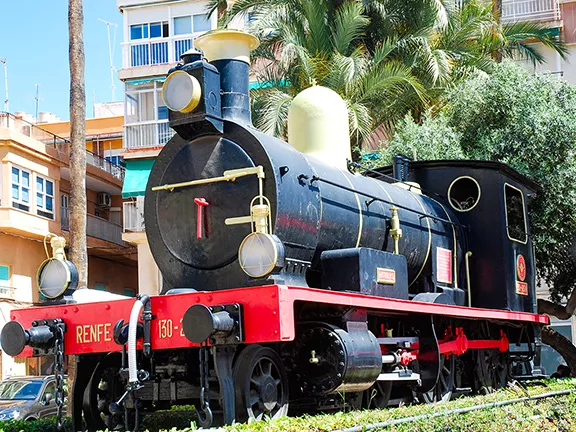 3: Águilas to Almendricos and Lorca (1885–1890)
3: Águilas to Almendricos and Lorca (1885–1890)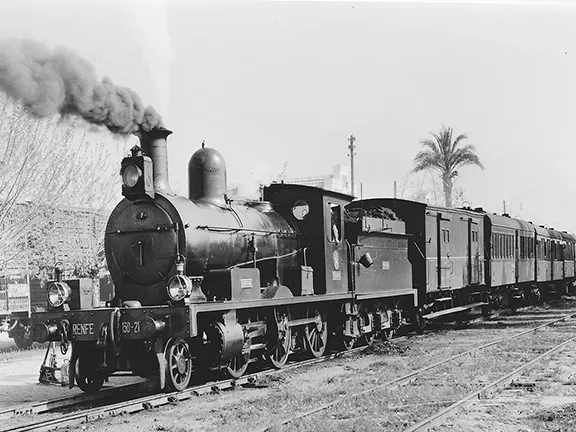 4: Implosion of Hett, Maylor & Co.
4: Implosion of Hett, Maylor & Co.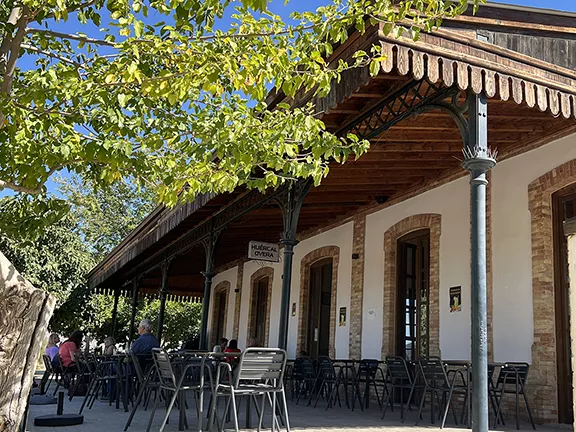 5: Almendricos to Huércal-Overa (1890–1891)
5: Almendricos to Huércal-Overa (1890–1891)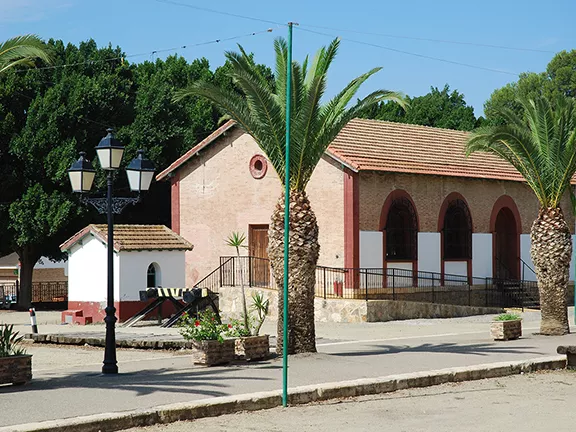 6: Huércal-Overa to Zurgena (1891–1892)
6: Huércal-Overa to Zurgena (1891–1892)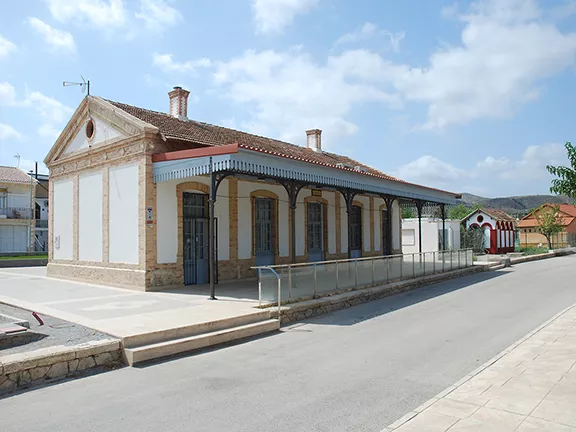 7: Zurgena to Almanzora (1892–1893)
7: Zurgena to Almanzora (1892–1893)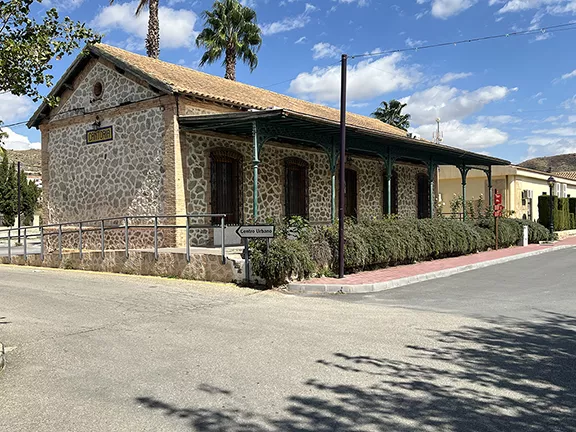 8: Almanzora to Purchena (1893–1894)
8: Almanzora to Purchena (1893–1894)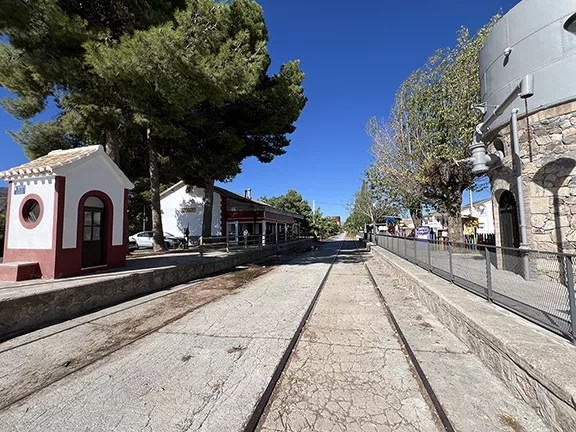 9: Purchena to Serón (1894)
9: Purchena to Serón (1894)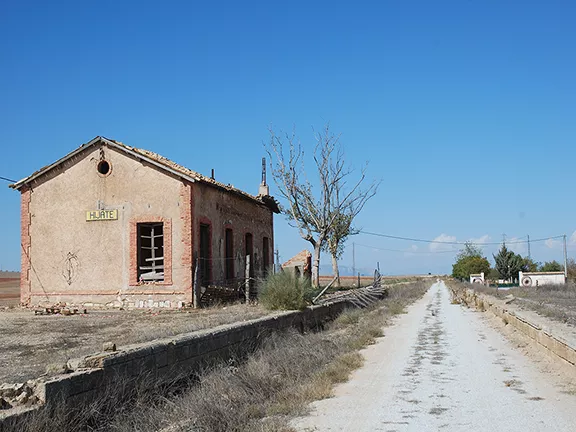 10: Serón to Baza (1894)
10: Serón to Baza (1894)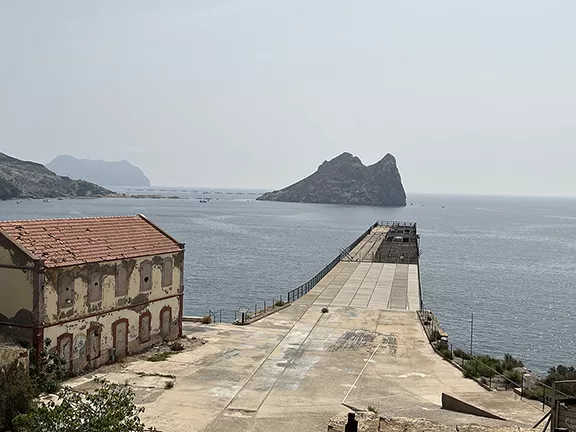 11: El Hornillo Ore Loading Pier (1903)
11: El Hornillo Ore Loading Pier (1903)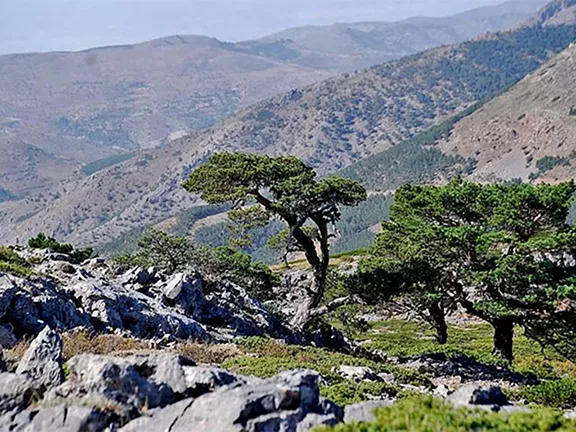 12: GSSR Concession Transfer
12: GSSR Concession Transfer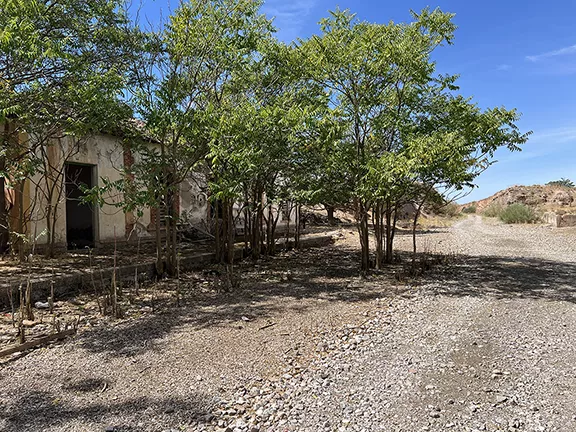 14: Baúl to Gor
14: Baúl to Gor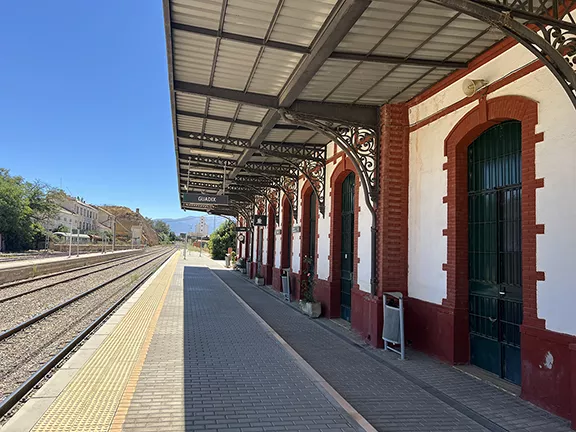 15: Gor Viaduct Disaster (1905)
15: Gor Viaduct Disaster (1905)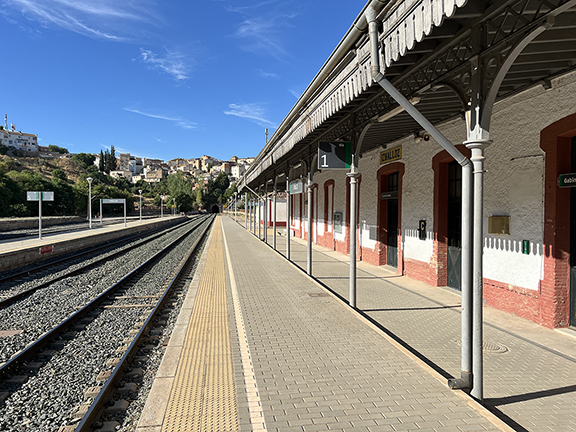 16: Granada to Guadix (1904)
16: Granada to Guadix (1904)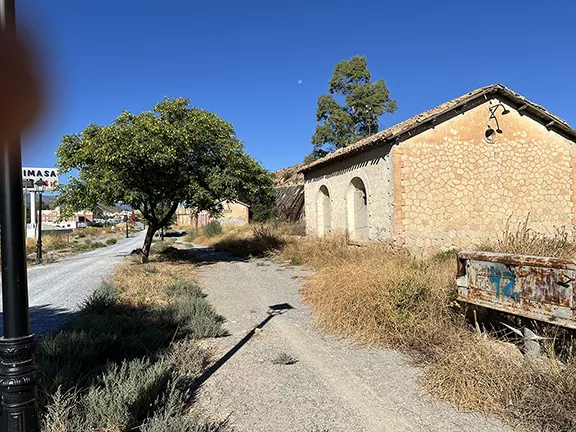 17: The Twilight and Rebirth of the GSSR
17: The Twilight and Rebirth of the GSSR